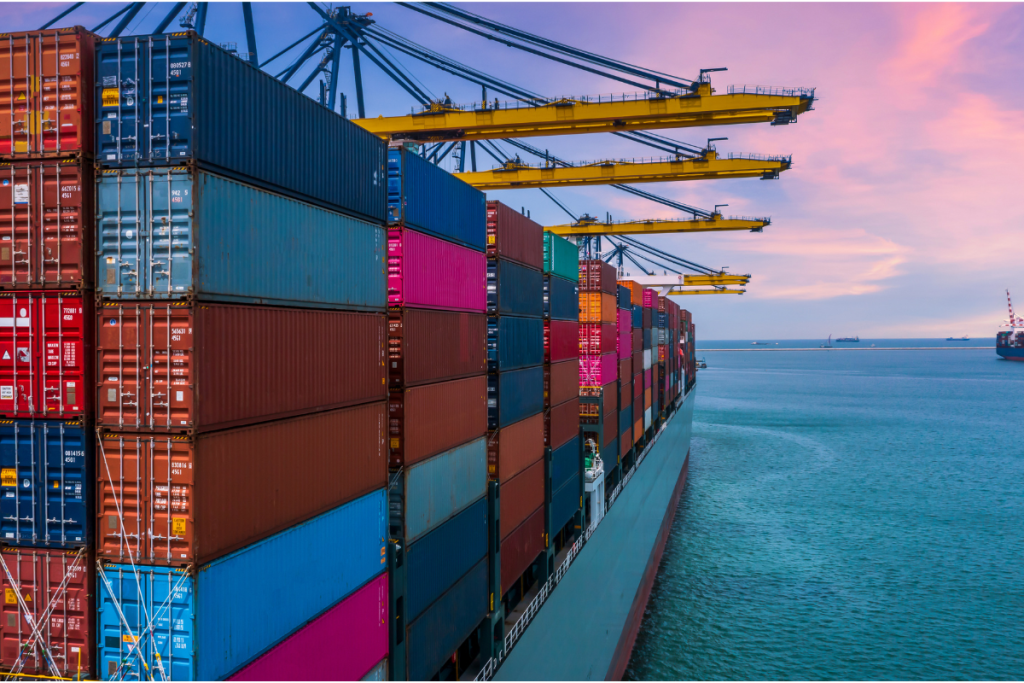The latest BlueGrace Logistics Confidence Index for Q3 2025 reveals rising optimism in order volumes but sharp fragmentation in how shippers are responding to tariff pressure, service expectations, and freight volatility. With over half of respondents projecting higher order volumes, the outlook appears buoyant, but behind the headline numbers lies growing divergence in strategic approaches across sectors.
Demand Recovery Masks Strategic Fragmentation
The BlueGrace Logistics Confidence Index points to a freight market in transition. Fifty-five percent of shippers surveyed expect order volumes to increase in Q3, marking the highest forward-looking optimism seen in over a year. Revenue expectations also remain stable at a mean of 3%, with modest improvements in inventory sentiment.
However, while headline indicators suggest resilience, the underlying data tells a more nuanced story. The consensus index, a measure of alignment across shipper expectations, dropped sharply across both revenue and order outlooks. This suggests companies are responding to macroeconomic uncertainty in increasingly divergent ways.
Some are front-loading orders to mitigate future tariff costs and supply chain disruptions. Others are taking a conservative stance, scaling back procurement and reducing inventory exposure in anticipation of volatility easing. The result is a growing bifurcation in how shippers are approaching planning, sourcing, and risk posture as they enter the second half of the year.
Service Reliability Surpasses Cost as Top Concern
For the first time in several quarters, service expectations have overtaken freight rate volatility as the top concern among logistics professionals. This shift reflects a broader recalibration in priorities, while rates remain a key pressure point, it is the ability to deliver reliably, flexibly, and on time that is drawing executive attention.
Freight rate volatility moved to second place in the Index’s ranking of challenges, with general market volatility climbing as well. Together, these factors underscore the unpredictability supply chain leaders must now manage, not just in pricing, but in capacity access and service fulfillment. This is particularly pressing for sectors such as construction and agriculture, where timing and continuity can make or break margins.
The Q3 findings suggest that operational leaders are being pulled in two directions: they must deliver predictability for customers while navigating a freight environment where cost, capacity, and regulatory clarity remain fluid. The shift toward service stability over cost control as the top concern marks an important inflection point in post-pandemic freight strategy.
Freight Planning Moves Beyond Cost
The Q3 data points to a freight environment that is no longer defined by cost alone. Operational continuity and service reliability now sit at the center of logistics strategy, even as the external environment remains unpredictable. For supply chain leaders, the challenge lies not in chasing uniform best practices, but in constructing flexible, situation-aware responses that match their organization’s specific risk exposure and market rhythm.



